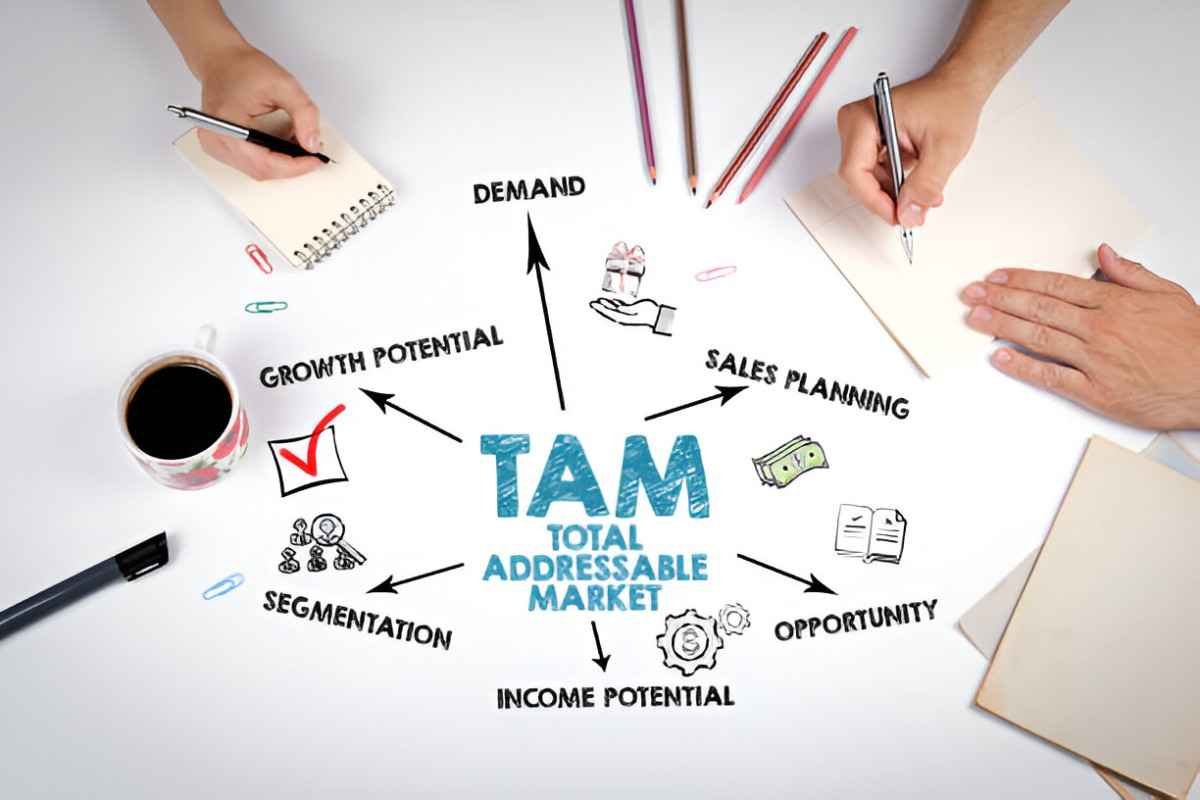Understanding total market demand is one of the most critical skills in finance, accounting, and business strategy. It’s the foundation upon which companies build their sales forecasts, pricing strategies, and production plans. Yet, for many, the concept remains shrouded in complexity. In this article, I’ll break down total market demand into simple, digestible terms, using real-world examples, mathematical expressions, and practical insights. Whether you’re a business owner, a student, or just someone curious about economics, this guide will help you grasp the nuances of market demand and how it shapes the decisions of businesses and policymakers alike.
Table of Contents
What Is Total Market Demand?
Total market demand refers to the total quantity of a product or service that all consumers in a market are willing and able to purchase at a given price over a specific period. It’s not just about how many people want a product—it’s about how many are willing to pay for it.
To put it mathematically, total market demand (Q_d) can be expressed as:
Q_d = f(P, Y, P_r, T, E)Where:
- P is the price of the product.
- Y is consumer income.
- P_r is the price of related goods (substitutes or complements).
- T represents consumer tastes and preferences.
- E stands for expectations about future prices or income.
This equation tells us that demand is influenced by multiple factors, not just price. Let’s explore each of these in detail.
Price and the Law of Demand
The most fundamental relationship in economics is between price and quantity demanded. The law of demand states that, all else being equal, as the price of a good increases, the quantity demanded decreases, and vice versa.
For example, if the price of a cup of coffee rises from $2 to $4, fewer people will buy it. This inverse relationship is often represented graphically as a downward-sloping demand curve.
Q_d = a - bPHere, a is the intercept (maximum demand at zero price), and b is the slope, representing how sensitive demand is to price changes.
Income and Demand
Consumer income (Y) plays a significant role in determining demand. For normal goods, demand increases as income rises. For inferior goods, demand decreases as income rises.
For instance, consider the demand for organic food. As people earn more, they’re more likely to buy organic products, making organic food a normal good. On the other hand, instant noodles might be an inferior good—people buy less of them as their income grows.
Price of Related Goods
The price of related goods (P_r) can influence demand in two ways:
- Substitutes: If the price of a substitute good rises, demand for the original good increases. For example, if the price of tea increases, coffee demand might rise.
- Complements: If the price of a complementary good rises, demand for the original good decreases. For instance, if the price of smartphones increases, demand for phone cases might fall.
Tastes and Preferences
Consumer tastes (T) are shaped by trends, advertising, and cultural factors. For example, the rise of plant-based diets has increased demand for vegan products, even if their prices are higher than traditional alternatives.
Expectations
Expectations (E) about future prices or income can also impact demand. If consumers expect prices to rise in the future, they might buy more now. Conversely, if they expect a recession, they might cut back on spending.
Measuring Total Market Demand
To measure total market demand, businesses often use market research techniques like surveys, focus groups, and historical sales data. Let’s walk through a simple example.
Suppose I run a small business selling handmade candles. I want to estimate the total market demand for candles in my city. Here’s how I might approach it:
- Define the Market: My market is the city of Austin, Texas, with a population of 1 million.
- Identify Target Customers: Based on my product, I estimate that 20% of the population might be interested in buying candles. That’s 200,000 potential customers.
- Estimate Purchase Frequency: On average, each customer buys 5 candles per year.
- Calculate Total Demand:
This is a simplified example, but it illustrates the basic process. In reality, I’d also consider factors like price elasticity, competition, and seasonal variations.
Price Elasticity of Demand
Price elasticity of demand measures how sensitive quantity demanded is to changes in price. It’s calculated as:
E_d = \frac{\%\Delta Q_d}{\%\Delta P}Where:
- E_d is the price elasticity of demand.
- \%\Delta Q_d is the percentage change in quantity demanded.
- \%\Delta P is the percentage change in price.
If E_d > 1, demand is elastic (sensitive to price changes). If E_d < 1, demand is inelastic (insensitive to price changes).
Let’s say I increase the price of my candles by 10%, and as a result, sales drop by 15%. The price elasticity of demand would be:
E_d = \frac{-15\%}{10\%} = -1.5Since the absolute value is greater than 1, demand is elastic. This means I should be cautious about raising prices further, as it could significantly reduce sales.
Factors Affecting Price Elasticity
Several factors influence price elasticity:
- Availability of Substitutes: Goods with many substitutes (like coffee) tend to have elastic demand.
- Necessity vs. Luxury: Necessities (like insulin) have inelastic demand, while luxuries (like designer handbags) have elastic demand.
- Time Horizon: Demand is more elastic in the long run, as consumers have more time to adjust their behavior.
Total Market Demand in Practice
Let’s look at a real-world example: the U.S. automobile industry. In 2022, the total market demand for new cars in the U.S. was approximately 15 million units. This figure was influenced by factors like:
- Income Levels: Rising incomes increased demand for luxury vehicles.
- Fuel Prices: Higher gas prices boosted demand for electric and hybrid cars.
- Consumer Preferences: A growing preference for SUVs and trucks over sedans.
By analyzing these factors, automakers can adjust their production and marketing strategies to meet consumer demand.
The Role of Government Policies
Government policies can also impact total market demand. For example, during the COVID-19 pandemic, the U.S. government issued stimulus checks to boost consumer spending. This increased demand for goods and services, helping to stabilize the economy.
Similarly, tax incentives for electric vehicles have increased demand for EVs, while tariffs on imported goods can reduce demand by raising prices.
Challenges in Estimating Demand
Estimating total market demand isn’t always straightforward. Here are some common challenges:
- Data Limitations: Accurate data on consumer behavior can be hard to obtain.
- Changing Preferences: Consumer tastes can shift rapidly, making historical data less reliable.
- External Shocks: Events like pandemics or natural disasters can disrupt demand patterns.
Conclusion
Understanding total market demand is essential for making informed business decisions. By analyzing factors like price, income, and consumer preferences, we can estimate demand and adjust our strategies accordingly. While the process can be complex, breaking it down into simple steps makes it more manageable.





